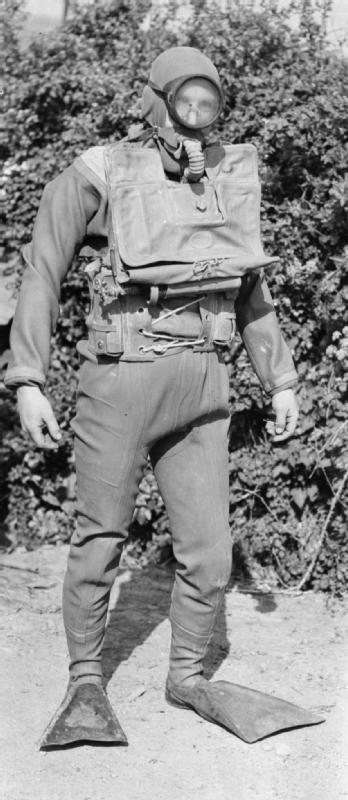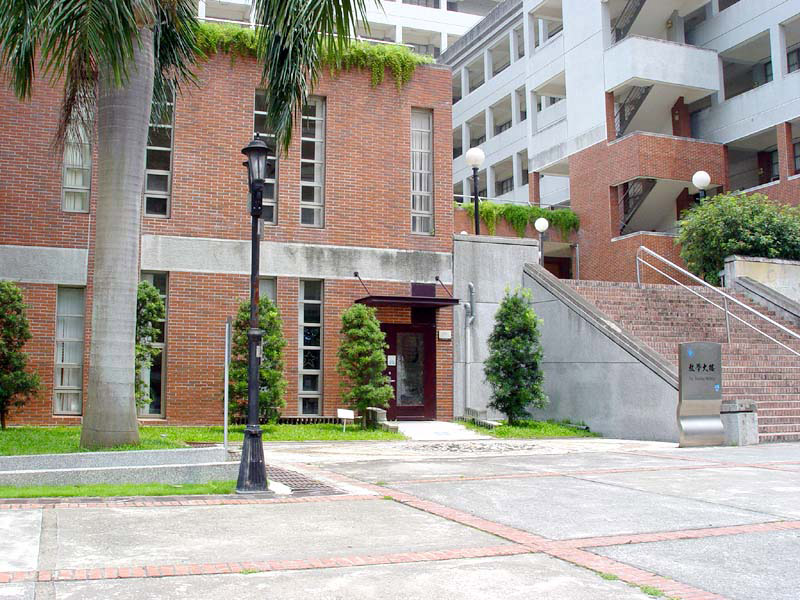|
Gaodeng Island
Gaodeng Island (Kaoteng, Kao-teng Tao) (; Foochow Romanized: Gŏ̤-dĕng-dō̤, also Pei-sha Tao (), , ) is an island in the East China Sea, part of Beigan Township, Lienchiang County (the Matsu Islands), Fujian Province, Republic of China (Taiwan). The island is closed to the public. Gaodeng is located away from the Beijiao Peninsula () in Lianjiang County, Fuzhou, Fujian, China (PRC). The island can be seen from the nearby Beigan Island and Daqiu Island. History In 1368, fisherman residents of the nearby Huangqi Peninsula () moved to and lived on the island. On February 13, 1951, under cover of fog, eight Chinese Communist motorized junks and more than twenty wooden ships surrounded and attacked the island. After two hours of fighting, the Chinese Communist forces were repelled. In the early morning of November 20, 1954, ROC soldier Wang Hsi-Tien () was severely injured while capturing a frogman soldier from mainland China who had landed on the island. Communis ... [...More Info...] [...Related Items...] OR: [Wikipedia] [Google] [Baidu] |
Daqiu Island
Daqiu Island (Ta Chiu/Tachiu) (; Foochow Romanized: Duâi-kiŭ-dō̤) is an island in the East China Sea, part of Beigan Township, Lienchiang County (the Matsu Islands), Fujian Province, Republic of China (Taiwan). The island has been uninhabited; it is open to the public. The smaller Xiaoqiu Island () is located to the northeast of Daqiu Island. In October 2020, a bridge between Daqiu Island and Beigan Island was under construction. Overview The Lienchiang County government operates a ferry service to the island during the summer. The island can be reached during the off season by chartering a boat. The island is known for its population of Formosan sika deer. A toxic invasive plant species, '' Solanum pseudocapsicum'', now occupies nearly ten percent of the area of the island and is a threat to the deer population. A school that was built on the island in 1965 is now abandoned. Demographics During the 20th century, several hundred residents and military personnel lived o ... [...More Info...] [...Related Items...] OR: [Wikipedia] [Google] [Baidu] |
Shanghai
Shanghai (; , , Standard Mandarin pronunciation: ) is one of the four direct-administered municipalities of the People's Republic of China (PRC). The city is located on the southern estuary of the Yangtze River, with the Huangpu River flowing through it. With a population of 24.89 million as of 2021, Shanghai is the most populous urban area in China with 39,300,000 inhabitants living in the Shanghai metropolitan area, the second most populous city proper in the world (after Chongqing) and the only city in East Asia with a GDP greater than its corresponding capital. Shanghai ranks second among the administrative divisions of Mainland China in human development index (after Beijing). As of 2018, the Greater Shanghai metropolitan area was estimated to produce a gross metropolitan product ( nominal) of nearly 9.1 trillion RMB ($1.33 trillion), exceeding that of Mexico with GDP of $1.22 trillion, the 15th largest in the world. Shanghai is one of the world's major centers fo ... [...More Info...] [...Related Items...] OR: [Wikipedia] [Google] [Baidu] |
First Taiwan Strait Crisis
The First Taiwan Strait Crisis (also the Formosa Crisis, the 1954–1955 Taiwan Strait Crisis, the Offshore Islands Crisis, the Quemoy-Matsu Crisis, and the 1955 Taiwan Strait Crisis) was a brief armed conflict between the Communist People's Republic of China (PRC) and the Nationalist Republic of China (ROC) in Taiwan. The conflict focused on several groups of islands in the Taiwan Strait that were held by the ROC but were located only a few miles from mainland China. The crisis began when the PRC shelled the ROC-held island of Kinmen (Quemoy). Later, the PRC seized the Yijiangshan Islands from the ROC. Under pressure by the PRC, the ROC then abandoned the Tachen Islands (Dachen Islands), which were evacuated by the navies of the ROC and the US. In 1949, the Chinese Civil War ended with the victory of the Communist People's Republic of China (PRC). The government of the Republic of China (ROC), controlled by ROC president Chiang Kai-shek and the Kuomintang (KMT), and 1.3 mi ... [...More Info...] [...Related Items...] OR: [Wikipedia] [Google] [Baidu] |
Frogman
A frogman is someone who is trained in scuba diving or swimming underwater in a tactical capacity that includes military, and in some European countries, police work. Such personnel are also known by the more formal names of combat diver, combatant diver, or combat swimmer. The word ''frogman'' first arose in the stage name ''The Fearless Frogman'' of Paul Boyton in the 1870s and later was claimed by John Spence, an enlisted member of the U.S. Navy and member of the OSS Maritime Unit, to have been applied to him while he was training in a green waterproof suit. The term ''frogman'' is occasionally used to refer to a civilian scuba diver. Some sport diving clubs include the word ''Frogmen'' in their names. The preferred term by scuba users is ''diver'', but the ''frogman'' epithet persists in informal usage by non-divers, especially in the media and often referring to professional scuba divers, such as in a police diving role. In the U.S. military and intelligence commun ... [...More Info...] [...Related Items...] OR: [Wikipedia] [Google] [Baidu] |
Junk (ship)
A junk (Chinese: 船, ''chuán'') is a type of Chinese sailing ship with fully battened sails. There are two types of junk in China: northern junk, which developed from Chinese river boats, and southern junk, which developed from Austronesian ships visiting southern Chinese coasts since the 3rd century CE. They continued to evolve in later dynasties and were predominantly used by Chinese traders throughout Southeast Asia. Similar junk sails were also adopted by other East Asian countries, most notably Japan where junks were used as merchant ships to trade goods with China and Southeast Asia. They were found, and in lesser numbers are still found, throughout Southeast Asia and India, but primarily in China. Historically, a Chinese junk could be one of many types of small coastal or river ships, usually serving as a cargo ship, pleasure boat, or houseboat, but also ranging in size up to large ocean-going vessel. Found more broadly today is a growing number of modern recreationa ... [...More Info...] [...Related Items...] OR: [Wikipedia] [Google] [Baidu] |
Chaoyang University Of Technology Chaoyang University of Technology (CYUT; ) is a university in Wufeng District, Taichung, Taiwan. Founded in 1994, originally named Chaoyang Institute of Technology was designated by the Ministry of Education as a University of Technology, the highest level in the technological and vocational education system within the R.O.C in 1997. Currently, the University comprises 5 colleges and 23 departments, which offer 23 master's programs and 5 doctoral programs. The are 18,000 students currently enrolled is arou |


